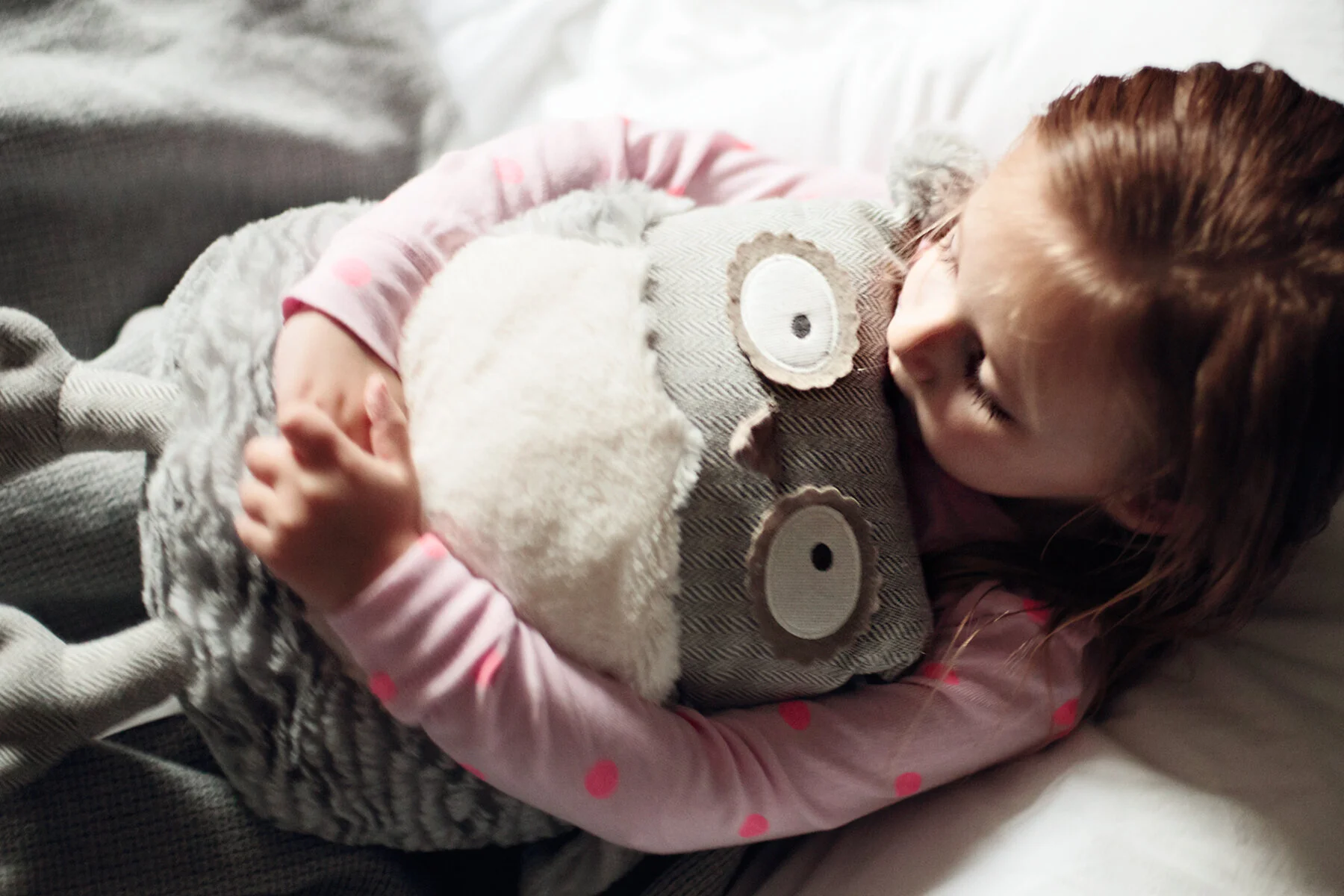What Is the Sleep Wave? A Gentle, Science-Backed Sleep Method
By 5 months, most babies are ready to fall asleep on their own and sleep through the night. That’s the great news, and it’s grounded in science (and our work with thousands of families over more than a decade).
In practice, though, it’s not always that simple. Many babies reach this age and parents are still struggling with issues like,
It’s taking longer and longer for baby to fall asleep
The old “soothing ways” are not working anymore and baby is fighting sleep
Parents are tiptoeing out of the room, only to hear from their baby 30 minutes later
Baby is waking to feed at night, sometimes unpredictably and multiple times
Baby is still waking up too early, missing out on a whole night’s sleep
Naps are unpredictable or too short.
At this point, your baby has outgrown the tried and true tricks that once helped with sleep. The rocking, the soothing, the bouncing, and feeding – they’ve played such an integral role, but now they’re actually getting in the way of your baby’s natural ability to self-soothe.
The Sleep Wave solves the “sleep training” dilemma
Julie created the Sleep Wave Method to help the exhausted parents in her Mommy and Me program, because she wasn’t comfortable recommending “cry it out” (CIO ) techniques. It worked so well that it became the foundation of The Happy Sleeper approach, and later, our first book.
The Sleep Wave is a specific, structured way to hand over the role of self-soothing to your capable baby, in an attuned and responsive way. Your baby always knows you’re nearby and responding predictably and they have the space to fall asleep independently.
Traditional sleep-training methods often tell parents to leave babies alone for long stretches or not to respond at all. The danger with these harsher methods is that babies can move from protest to worry and fear, which we don’t want. Babies of all ages need to know that caregivers are nearby and consistent.
The Sleep Wave is a middle ground approach. Happily, it works as fast or faster than the CIO method, but it maintains your bond with your baby. There is usually protest crying with the Sleep Wave (change is hard), but, babies stay in a protest state, not progressing to worry or fear, because parents are responding frequently and regularly.
💡 Want step-by-step guidance? Learn the full Sleep Wave process in our Gentle Sleep Course or work 1-on-1 with a Sleep Consultant for a personalized plan.
What does it look like to use the Sleep Wave?
Creating a Sleep Wave plan means setting up a bedtime and nap routine that prepares your baby for independent sleep, setting the ideal timing, and optimizing the room environment. If parents are weaning a baby from night feedings, we lay out the exact and gradual steps for doing so as part of the plan.
Then, you put your baby in their crib and implement a super detailed (the more detailed the better success!) response that helps them practice and get used to falling asleep on their own.
Parents who learn, and consistently follow, the exact details of the Sleep Wave from the book, online classes, or personal consults, will see the quickest and best success. Typically, baby’s sleep improves in under a week (often quicker), and the most common response we hear from parents is “I’m so proud of my baby! I can’t believe how capable he/she is!”
Learn the Sleep Wave—Step-by-Step Guidance for Parents
Ready to start the Sleep Wave?
You don’t have to choose between sleepless nights and harsh methods.
Get a clear, compassionate plan that teaches your baby to self-soothe—without tears or guilt.
Thousands of families have reclaimed peaceful nights using the Sleep Wave. Yours can, too.
FAQ
-
We typically recommend starting around 5 months, when babies are developmentally ready to learn self-soothing.
-
Some protest crying is normal, but babies remain calm and secure because parents respond predictably and frequently.
-
Most families see improvements in under a week when they follow the plan consistently.
-
Not at all. The Sleep Wave is a gentle, responsive approach that preserves connection while teaching independence.
Author Bios
Julie Wright, MFT & Heather Turgeon, MFT
We're Julie Wright and Heather Turgeon — psychotherapists, and authors of the best-selling book The Happy Sleeper.
We're also both moms, so we know what it feels like to be desperate for sleep while also wanting, above all else, what's best for our babies.
We created The Happy Sleeper method to give parents a science-based, developmental approach to healthy sleep and a healthy bond. We’ve helped over 100,000 parents achieve this goal, and we’re excited to help you too!








